Home>Storage Ideas>Kitchen Storage>Organizing A Small Kitchen Without A Pantry: 10 Solutions
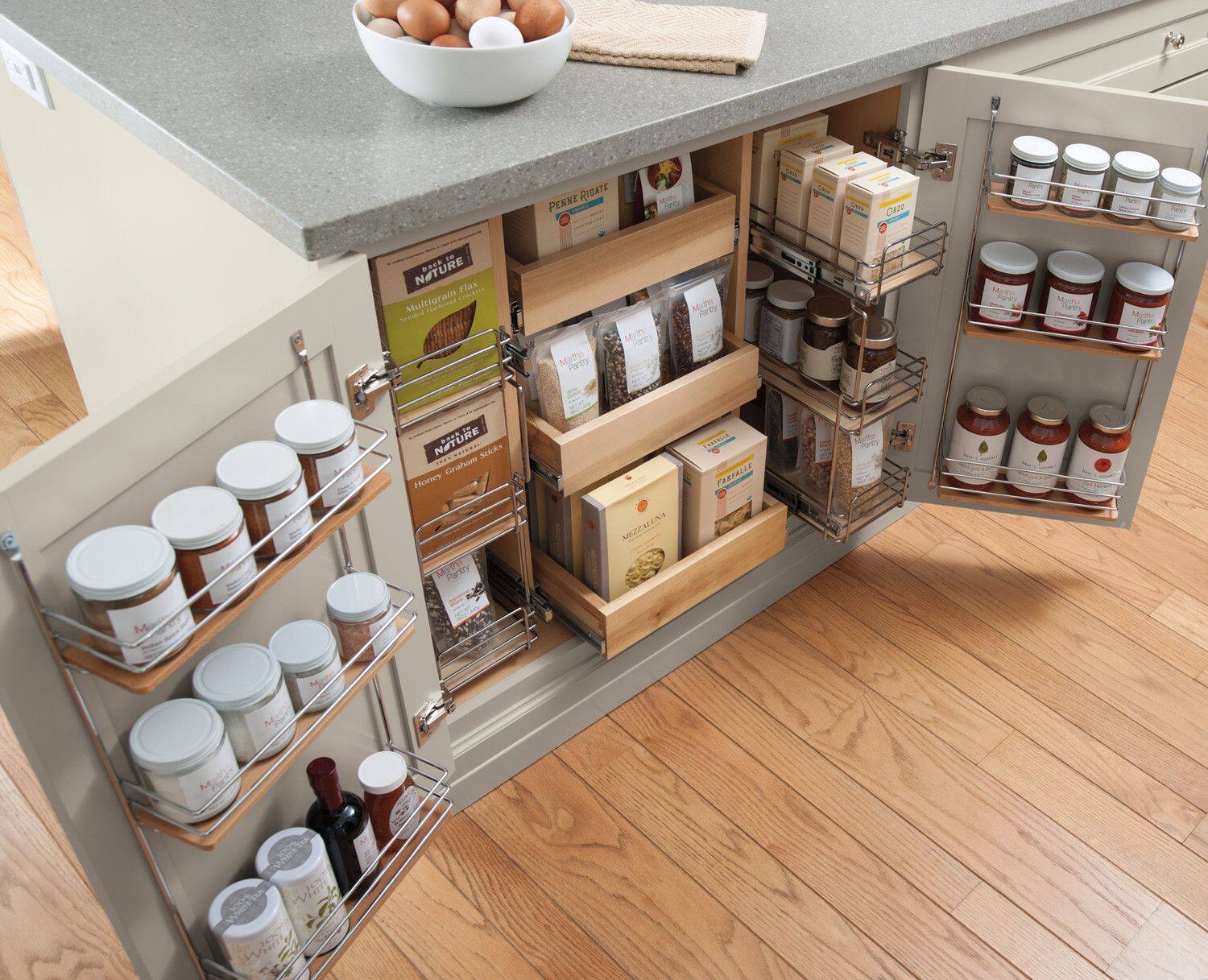

Kitchen Storage
Organizing A Small Kitchen Without A Pantry: 10 Solutions
Modified: January 6, 2024
Discover 10 kitchen storage ideas to effortlessly organize a small kitchen without a pantry. Maximize space and efficiently store your essentials.
(Many of the links in this article redirect to a specific reviewed product. Your purchase of these products through affiliate links helps to generate commission for Storables.com, at no extra cost. Learn more)
Introduction
Welcome to the wonderful world of kitchen storage ideas! If you have a small kitchen without a pantry, you may find yourself struggling to keep things organized and accessible. But fear not, for there are plenty of ingenious solutions available to help you maximize your space and create a functional and efficient kitchen.
When it comes to organizing a small kitchen without a pantry, the key is to be creative and make the most of every nook and cranny. By utilizing clever storage solutions and optimizing your existing space, you can transform your kitchen into a well-organized oasis.
In this article, we will explore 10 practical and innovative kitchen storage ideas for small kitchens without a pantry. Whether you have limited cabinet space, tiny countertops, or no designated storage area for your food items, these solutions will help you declutter and streamline your kitchen.
So, roll up your sleeves and get ready to tackle your kitchen organization woes. With these ideas, you’ll be able to create a functional and beautiful space that will make cooking and meal prep a breeze.
Key Takeaways:
- Maximize vertical space with open shelving, wall-mounted racks, and over-the-door organizers to create an organized and visually appealing storage system in a small kitchen without a pantry.
- Utilize mobile storage solutions like portable kitchen carts and DIY rolling pantries to create flexible and accessible storage options, optimizing space and functionality in a small kitchen without a pantry.
Read more: How To Organize Small Pantry Cabinet
Solution 1: Utilize Open Shelving
Open shelving is not only a trendy design choice but also a practical solution for small kitchens without a pantry. By removing cabinet doors and replacing them with open shelves, you can create a visually appealing storage space while also increasing accessibility.
Open shelves allow you to display your cookware, dishes, and pantry items in an organized and accessible manner. You can use decorative baskets, jars, and containers to store smaller items such as spices, utensils, and snacks. Not only will this keep them within reach, but it will also add a touch of charm to your kitchen.
When utilizing open shelving, it’s important to keep things tidy and organized. Arrange items in a visually pleasing way, grouping similar items together. You can also use storage bins or baskets to corral smaller items and prevent them from cluttering the shelves.
It’s worth noting that open shelving can make your kitchen appear more spacious since there are no solid cabinet doors taking up visual space. This is especially beneficial for smaller kitchens where every inch counts. Just be mindful of the items you choose to display and make sure they contribute to the overall aesthetic of your kitchen.
In terms of installation, you have a few options. If you’re handy and confident in your DIY skills, you can install floating shelves using brackets. This gives the shelves a sleek and minimalist look. Alternatively, you can opt for pre-made open shelving units that can be easily mounted to the wall.
One of the advantages of open shelving is the ease of access. Since everything is on display, you won’t have to rummage through cabinets to find what you need. This makes meal preparation much more efficient, as you can quickly grab the ingredients and tools you need.
Remember to keep your open shelves organized and periodically take the time to declutter and reorganize them. This will ensure that they continue to serve as an effective storage solution for your small kitchen.
Solution 2: Install Wall-Mounted Racks and Hooks
When you have limited cabinet and countertop space, it’s important to think vertically. Installing wall-mounted racks and hooks in your kitchen can provide valuable storage opportunities for items such as pots, pans, kitchen utensils, and even mugs or spices.
By utilizing the vertical wall space, you can keep your countertops clear and make use of every inch of available storage. There are various options available, depending on your needs and preferences.
One popular choice is a wall-mounted pot rack. These racks come in various styles and sizes, allowing you to hang your pots and pans from the ceiling or directly on the wall. Not only does this free up cabinet space, but it also adds a decorative element to your kitchen.
In addition to pot racks, you can install hooks or pegboards on your kitchen walls. These can be used to hang cooking utensils, cutting boards, measuring cups, and other frequently used items. This keeps them easily accessible while saving valuable drawer space.
If you have a collection of mugs or spices, consider installing a wall-mounted mug rack or spice rack. These racks come in different designs and sizes, allowing you to display your mugs or spices in an organized and visually appealing way.
When installing wall-mounted racks and hooks, it’s important to consider the weight capacity and stability. Make sure to use appropriate hardware and mount the racks securely to the wall, especially if you plan to hang heavy items like pots and pans.
If you’re concerned about damaging your walls or simply prefer a non-permanent option, you can opt for adhesive hooks or over-the-door rack organizers. These can be easily installed and removed without leaving any marks. Just make sure to follow the manufacturer’s instructions for proper installation.
By utilizing wall-mounted racks and hooks, you can maximize your vertical space and keep your kitchen essentials within reach. This not only helps to declutter your kitchen but also adds a decorative element that showcases your cookware and utensils.
Remember to regularly declutter and reorganize your wall-mounted racks and hooks to keep them functional and prevent overcrowding. With this solution, you’ll be able to make the most of your small kitchen without a pantry.
Solution 3: Invest in Over-the-Door Organizers
When you’re dealing with limited storage space in a small kitchen without a pantry, every inch matters. One effective storage solution is to utilize the space behind your cabinet or pantry doors by investing in over-the-door organizers.
Over-the-door organizers come in various sizes and configurations, allowing you to customize your storage options to suit your needs. These organizers typically feature pockets, shelves, or hooks that can hold a wide range of items, from spices and condiments to kitchen tools and cleaning supplies.
To get started, assess the available space behind your cabinet or pantry doors. Measure the width and height of the door to ensure that the over-the-door organizer you choose fits properly.
Over-the-door organizers can be used in a variety of ways. Some popular options include:
- Spice racks: Utilize a small over-the-door spice rack to store your collection of spices and keep them easily accessible while cooking. This frees up valuable cabinet or countertop space.
- Cleaning supplies organizer: Hang an over-the-door organizer with pockets to store cleaning supplies like sponges, brushes, and sprays. This keeps them out of sight but still within reach.
- Kitchen tool holder: Use an organizer with hooks to hang frequently used kitchen tools like measuring spoons, spatulas, and tongs. This keeps them within arm’s reach while cooking.
- Foil and plastic wrap dispenser: Invest in an over-the-door organizer specifically designed to hold foil, plastic wrap, and parchment paper rolls. This frees up drawer space and keeps these essentials easily accessible.
When installing over-the-door organizers, make sure they are securely fastened to the door to prevent them from swinging or falling off. Follow the manufacturer’s instructions for proper installation.
Another advantage of over-the-door organizers is their versatility. If you find that you need to reorganize or change the items you store, simply rearrange the pockets or shelves to suit your needs.
Regularly declutter and reorganize your over-the-door organizers to ensure they remain functional and efficient. Remove any expired spices or items that you no longer use, and take the opportunity to optimize the storage space based on your evolving needs.
With over-the-door organizers, you can transform the wasted space behind your cabinet or pantry doors into valuable storage for a variety of kitchen essentials. This is a great solution for small kitchens without a pantry, allowing you to make the most of every inch of available space.
Solution 4: Use Stackable Containers and Baskets
In a small kitchen without a pantry, finding efficient ways to store and organize your food items is essential. One effective solution is to utilize stackable containers and baskets to maximize your storage space.
Stackable containers and baskets are designed to fit neatly on top of each other, allowing you to utilize vertical space efficiently. They come in various shapes and sizes, making them versatile for storing different types of food items.
When choosing stackable containers, opt for clear ones with tight-fitting lids. This allows you to easily see the contents and helps to keep your food items fresh for longer. Look for containers that are nestable when not in use, as this will save space in your cabinets or pantry.
Use stackable containers to store dry goods such as cereal, pasta, flour, or snacks. Group similar items together and label the containers for easy identification. This not only keeps your pantry items organized but also helps to prevent the hassle of searching for ingredients when cooking.
In addition to stackable containers, consider using stackable baskets for items that are not suitable for airtight containers. Baskets can be used to store items like onions, potatoes, bread, or even cleaning supplies. They provide easy access and keep your items neatly organized.
Maximize your cabinet or countertop space by stacking containers or baskets vertically. This helps to create more room for other items and prevents clutter. Additionally, consider using risers or shelf organizers to further optimize the space and create multiple levels.
When stacking containers or baskets, keep in mind the weight capacity and stability. Avoid overloading them and make sure they are securely placed to prevent them from toppling over.
Regularly declutter and reorganize your stackable containers and baskets. Check for expired or stale items and remove them to make room for fresh ones. This will ensure that your kitchen stays organized and your food items remain accessible.
Using stackable containers and baskets is a practical and space-saving solution for small kitchens without a pantry. By making use of vertical space and keeping your food items organized, you can create a functional and efficient storage system that maximizes the available space in your kitchen.
Solution 5: Optimize Cabinet Space with Shelf Organizers
In a small kitchen without a pantry, cabinet space can quickly become limited and disorganized. However, with the help of shelf organizers, you can make the most of your cabinet space and create a well-organized storage system.
Shelf organizers are typically made of sturdy materials like metal or plastic and are designed to create additional layers within your cabinets. They come in various sizes and styles, allowing you to customize your storage based on your specific needs.
To optimize your cabinet space, start by reviewing the items you need to store. Categorize them based on their size and shape to determine the most appropriate shelf organizer configuration.
For small, vertically stacked items like plates or cutting boards, consider using wire or plastic shelf dividers. These dividers create separate compartments, preventing items from leaning against each other and becoming disorganized. They also make it easier to access specific items without having to remove others.
If you have taller items, such as appliances or mixing bowls, adjustable shelf risers are a great option. These platforms allow you to create additional levels within your cabinet, effectively doubling your storage space. Adjust them to the height needed for your items, ensuring that everything remains easily accessible.
Another solution for optimizing cabinet space is the use of under-shelf baskets or organizers. These attach to the bottom of your cabinet shelves and provide extra storage room for items such as mugs, spices, or snacks. They are particularly useful for utilizing the space above smaller items, maximizing vertical storage space.
If your cabinet has deep shelves, consider adding pull-out shelves or sliding storage trays. These allow you to easily access items that would otherwise get lost in the back of the cabinet. They also improve visibility, making it easier to find and retrieve the items you need.
Before installing any shelf organizers, be sure to measure your cabinet space to ensure a proper fit. Follow the manufacturer’s instructions for installation, and make any necessary adjustments to accommodate your specific cabinet dimensions.
Once your shelf organizers are in place, it’s time to declutter and rearrange your items. Group similar items together, label containers for easy identification, and take advantage of the newly created storage space. Periodically reassess and reorganize your cabinet space to ensure optimal functionality.
By utilizing shelf organizers, you can transform your cabinets into a well-organized storage system. This solution not only maximizes your cabinet space but also allows for easy access to your kitchen essentials, making meal preparation a breeze in your small kitchen without a pantry.
Use vertical space by installing shelves or hanging racks to store items like spices, utensils, and small appliances. This will free up valuable counter and cabinet space in your small kitchen.
Solution 6: Make Use of Drawer Dividers
When it comes to organizing a small kitchen without a pantry, every inch of space counts. One effective solution for optimizing drawer storage is to make use of drawer dividers. These handy organizers allow you to create separate compartments within your drawers, making it easier to store and access your kitchen essentials.
Drawer dividers come in various shapes, sizes, and materials, allowing you to customize your drawer organization based on your specific needs. They can be used in different areas of your kitchen, including utensil drawers, spice drawers, or even junk drawers.
Start by assessing the items you regularly store in your drawers. Categorize them based on their function or size. This will help you determine the number and configuration of dividers you need.
For utensil drawers, consider using adjustable or expandable drawer dividers. These can be easily repositioned to accommodate different utensils, such as spatulas, tongs, whisks, and knives. By creating separate compartments for each type of utensil, you’ll ensure that everything has its place and is easily accessible.
If you have a drawer dedicated to spices, consider using small, narrow drawer dividers. These dividers can help keep your spice jars or bottles upright and organized, making it easy to find the right seasoning when cooking. Consider arranging your spices alphabetically or based on frequency of use for added convenience.
Drawer dividers are also useful for organizing junk drawers, where miscellaneous items tend to accumulate. Use various-sized dividers to create compartments for different categories of items, such as batteries, rubber bands, paper clips, and tape. This will help prevent the drawer from becoming a chaotic mess, making it easier to find what you need.
When installing drawer dividers, make sure they fit snugly in the drawer and do not move around when opening and closing it. Some dividers may require adhesive or tension between the sides of the drawer to secure them in place. Follow the manufacturer’s instructions for installation to ensure proper functionality.
Regularly declutter and reorganize your drawers to ensure that they remain functional and efficient. Remove any items that you no longer use or that are past their expiration date. This will help keep your drawers neat and make it easier to maintain their organization in the long run.
By making use of drawer dividers, you can transform your drawers into well-organized spaces that maximize storage and accessibility. This solution allows you to efficiently store your kitchen essentials in a small kitchen without a pantry, making cooking and meal preparation a breeze.
Solution 7: Maximize Under-Sink Storage
In a small kitchen without a pantry, one often overlooked storage area is the space under the sink. By maximizing under-sink storage, you can make the most of this potential storage space and keep your cleaning supplies and other essentials neatly organized.
The first step to maximizing under-sink storage is to clear out any clutter and evaluate the available space. Take inventory of the items you need to store, such as cleaning products, dish soap, sponges, garbage bags, and extra kitchen supplies.
Once you have a clear idea of what needs to be stored, consider installing organizational tools such as adjustable shelves, drawer organizers, or stacking bins. These can help create separate compartments or layers, allowing you to store items vertically and efficiently utilize the available space.
Vertical storage is particularly effective under the sink. Consider using tension rods to hang cleaning spray bottles or microfiber cloths. This not only keeps them within easy reach but also prevents them from taking up valuable shelf space.
Stackable bins or drawer organizers can be used to corral smaller items like sponges, scrub brushes, and gloves. Group similar items together in separate bins or compartments to keep things organized and easily accessible.
If you have a lot of vertical space under your sink and need additional shelving, consider using stackable wire or plastic shelves. These can be adjusted to fit the height of your items and provide extra layers for storage.
Take advantage of the cabinet doors under the sink by installing adhesive hooks or over-the-door organizers. These can hold items like gloves, dish towels, or small cleaning brushes. This utilizes space that might otherwise go unused.
If your under-sink area is prone to moisture or leaks, consider using waterproof or water-resistant storage containers to protect your belongings. Opt for durable and easy-to-clean materials that won’t be damaged by water or humidity.
Regularly declutter and clean the under-sink area to maintain an organized space. Dispose of expired cleaning products or items you no longer need. Take the opportunity to wipe down the area, keeping it clean and preventing any unpleasant odors.
By maximizing under-sink storage, you can transform this often underutilized space into a functional and organized storage area. This solution allows you to keep your cleaning supplies and other essentials easily accessible and frees up space in other areas of your small kitchen without a pantry.
Solution 8: Utilize Portable Kitchen Carts or Islands
In a small kitchen without a pantry, finding extra storage space and work surface can be a challenge. One effective solution is to utilize portable kitchen carts or islands. These versatile pieces of furniture not only provide additional storage but also offer a convenient workspace that can be moved around as needed.
Portable kitchen carts or islands come in a variety of sizes, styles, and materials to suit different kitchen layouts and personal preferences. They typically feature shelves, drawers, and sometimes even drop-leaf extensions for extra counter space.
When selecting a kitchen cart or island, consider your specific needs. Do you need more storage for pots, pans, or small appliances? Or do you require additional counter space for meal preparation? Look for a cart or island that meets those requirements.
Place the cart or island strategically in your kitchen to maximize its functionality. Depending on the layout of your space, you may want to position it near the stove for easy access to cooking utensils and ingredients, or next to the dining area for convenient serving and storing of dishes and cutlery.
Use the shelves and/or drawers of the cart or island to store frequently used items such as pots, pans, baking sheets, or even dry goods. This reduces the need to clutter up your existing cabinets and countertops, keeping your kitchen organized.
The additional counter space provided by the cart or island can be used for various purposes. Use it as a prep area for chopping vegetables or rolling out dough. It can also serve as a serving station during parties or as a makeshift bar when entertaining guests.
If your cart or island has a drop-leaf extension, you can easily increase the countertop space when needed and fold it down when not in use. This flexibility allows you to adapt the cart or island to the demands of your kitchen activities.
One of the advantages of a portable kitchen cart or island is its mobility. Whether you need extra storage or countertop space in the kitchen, or simply want to move the cart or island to another room for additional serving or workspace, you have the flexibility to do so.
Regularly declutter and reorganize the storage areas of your kitchen cart or island to ensure that they remain efficient and functional. Keep items neatly arranged and dispose of any items that are no longer needed or have expired.
By utilizing a portable kitchen cart or island, you can maximize the storage and workspace in your small kitchen without a pantry. Whether you need additional storage, countertop space, or both, a well-chosen cart or island can be a valuable asset in creating a functional and organized kitchen.
Solution 9: Hang Pots and Pans from a Ceiling Rack
In a small kitchen without a pantry, cabinet space can quickly become limited, especially when it comes to storing pots and pans. One ingenious solution is to hang your pots and pans from a ceiling rack, maximizing vertical space and adding a touch of culinary flair to your kitchen.
A ceiling rack is a suspended metal rack with hooks that allows you to hang your pots, pans, and even cooking utensils. It not only frees up valuable cabinet space but also keeps your cookware easily accessible and organized.
Before installing a ceiling rack, assess the available space in your kitchen and identify a suitable location where it won’t interfere with normal activities. Measure the area to ensure that the rack fits properly.
Ceiling racks come in different styles and sizes to suit various kitchen layouts and aesthetic preferences. Some racks have a rectangular shape, while others are circular or oval. Choose a design that complements the overall theme of your kitchen.
When hanging your pots and pans, consider arranging them in a visually pleasing way. Place the larger or more frequently used items in the center for easy access, and arrange the smaller or less frequently used ones around them. This not only adds functionality but also enhances the visual appeal of the rack.
Make sure to securely anchor the ceiling rack to eliminate any risk of it falling. Seek professional assistance if needed, especially if you’re unsure about the structural integrity of your ceiling or the weight capacity of the rack.
In addition to pots and pans, you can also hang cooking utensils from the hooks of the ceiling rack. This further optimizes the available space and keeps all your essential kitchen tools within arm’s reach.
One of the advantages of a ceiling rack is the ease of access. With your cookware hanging above, you can simply reach up and grab the pot or pan you need. This saves you the hassle of rummaging through crowded cabinets to find the right one.
Regularly clean and maintain the ceiling rack to keep it in good condition and prevent any accumulation of dust or grease. Wipe down the hooks and remove any tarnish or rust that may develop over time.
By hanging pots and pans from a ceiling rack, you can efficiently utilize vertical space in your small kitchen without a pantry. This solution not only frees up cabinet space but also adds a distinctive and stylish element to your kitchen’s decor.
Solution 10: Create a DIY Rolling Pantry
If you have limited storage space in your small kitchen without a pantry, a DIY rolling pantry can be a game-changer. This innovative solution allows you to create a mobile storage unit that can be easily moved around to maximize space and access your pantry items with ease.
To create a DIY rolling pantry, you’ll need a compact shelving unit or narrow bookcase that fits your available space. Look for a unit with adjustable shelves or multiple tiers to accommodate different sizes of pantry items.
Start by measuring the space where you plan to place the rolling pantry. Consider the height, width, and depth to ensure that the unit fits perfectly and doesn’t obstruct any doors or walkways in your kitchen.
Once you have the measurements, assemble the shelving unit following the manufacturer’s instructions. Make sure it is sturdy and secure before proceeding to the next step.
Next, gather some casters or wheels that will fit onto the bottom of the shelving unit. You can find these at a hardware store or online. Choose casters with locking mechanisms to keep the rolling pantry in place when needed.
Attach the casters to the bottom of the shelving unit using screws or any provided mounting hardware. Make sure they are evenly spaced and securely attached to ensure smooth movement of the rolling pantry.
Now that your rolling pantry has wheels, it’s time to organize it. Arrange your pantry items on the shelves in an organized manner. Group similar items together and use storage bins or baskets to keep things tidy and easily accessible.
Consider labeling the shelves or using clear containers to make it easier to find specific items. This will save you time and make the pantry more efficient to use.
With your DIY rolling pantry complete, you can easily move it around as needed. Place it in a convenient spot near your cooking area or dining table for easy access to your pantry items. When not in use, tuck it away in a corner or against a wall to save space in your kitchen.
Regularly review the contents of your rolling pantry and declutter as needed. Remove expired items and organize the shelves to maintain an efficient storage system.
Remember, the beauty of a DIY rolling pantry is its flexibility and ability to adapt to your changing needs. If you find that you require different shelf heights or additional storage space, you can easily adjust or modify the shelving unit to suit your requirements.
By creating a DIY rolling pantry, you can transform limited storage space in your small kitchen without a pantry into an organized and mobile storage solution. This allows you to keep your pantry items accessible, declutter your kitchen, and make the most of the available space.
Conclusion
Organizing a small kitchen without a pantry may initially seem like a daunting task. However, with the right strategies and storage solutions, you can transform your kitchen into a well-organized and functional space.
In this article, we explored ten practical and innovative kitchen storage ideas for small kitchens without a pantry. From utilizing open shelving and installing wall-mounted racks to maximizing under-sink storage and creating a DIY rolling pantry, these solutions offer a range of options to suit different needs and preferences.
By thinking creatively and making the most of your available space, you can find efficient solutions to store and organize your kitchen essentials. Whether it’s through the use of stackable containers and baskets or the optimization of cabinet space with shelf organizers, each idea contributes to creating a clutter-free and efficient kitchen environment.
Moreover, incorporating portable kitchen carts or islands and hanging pots and pans from ceiling racks can help maximize storage and counter space, while adding a touch of functionality and style to your kitchen.
Remember to regularly declutter, reorganize, and reassess your storage solutions to maintain their effectiveness. Dispose of expired items, clean out cluttered spaces, and adjust your storage methods as needed.
By implementing these kitchen storage ideas and finding the right balance between functionality and aesthetics, you can successfully optimize your small kitchen without a pantry. Embrace the challenge and see how these solutions can transform your kitchen into a beautifully organized and efficient space.
With determination, creativity, and these kitchen storage ideas at your disposal, you’ll be well on your way to maximizing your kitchen space and creating a seamless cooking and dining experience.
Frequently Asked Questions about Organizing A Small Kitchen Without A Pantry: 10 Solutions
Was this page helpful?
At Storables.com, we guarantee accurate and reliable information. Our content, validated by Expert Board Contributors, is crafted following stringent Editorial Policies. We're committed to providing you with well-researched, expert-backed insights for all your informational needs.
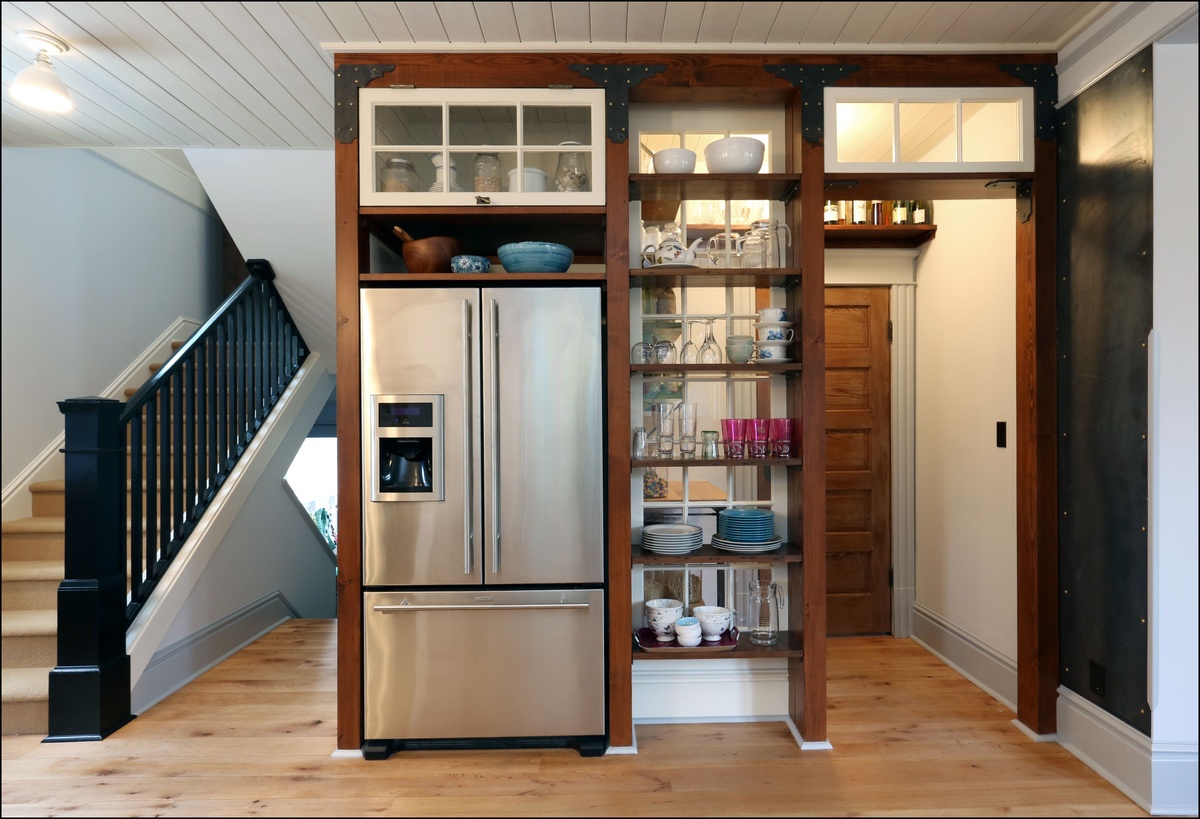
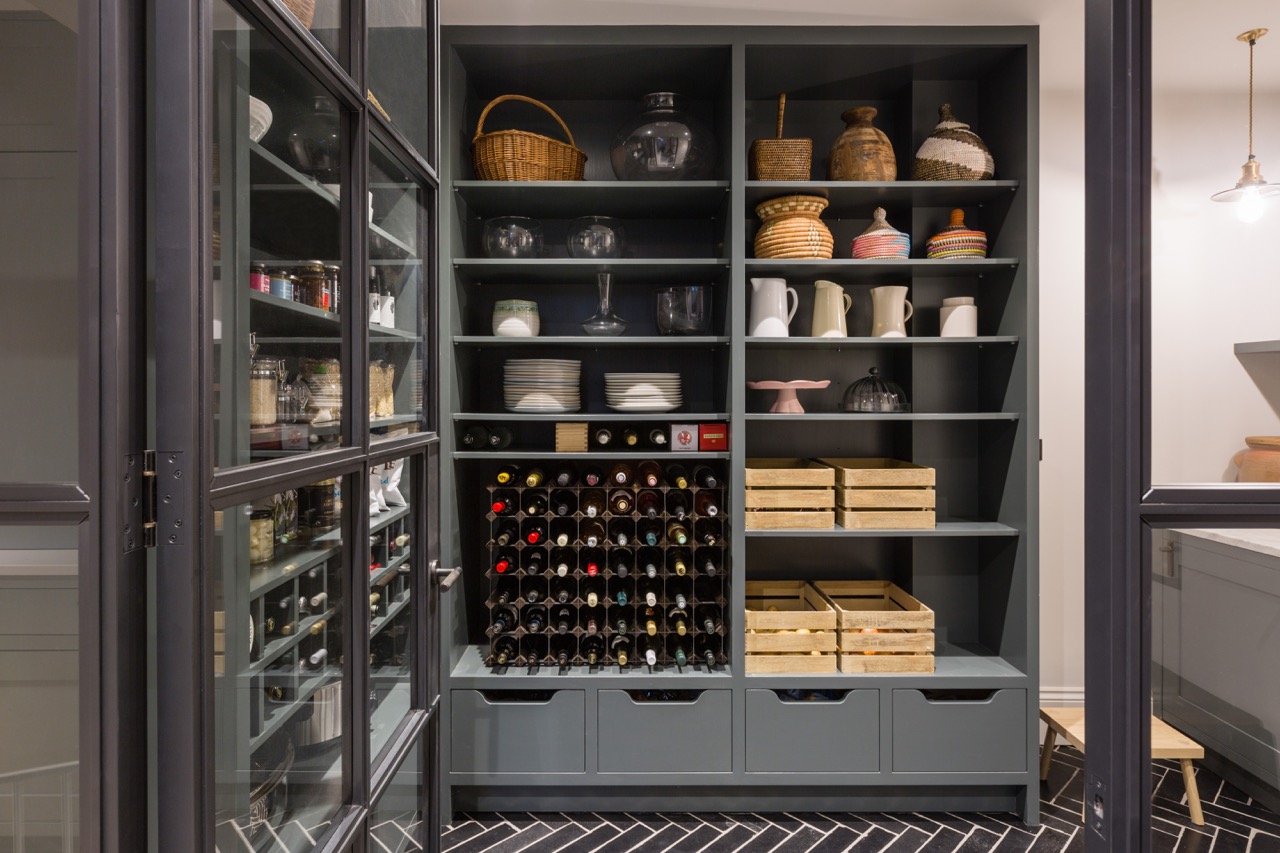
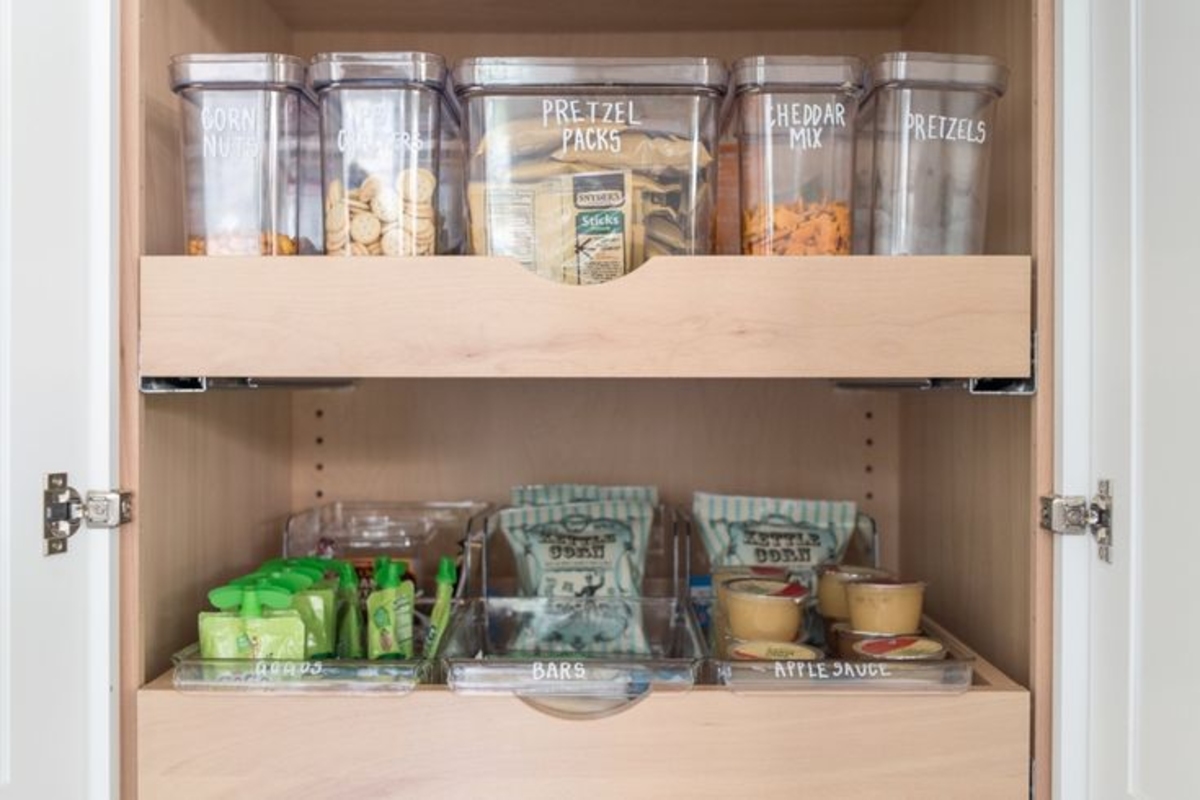

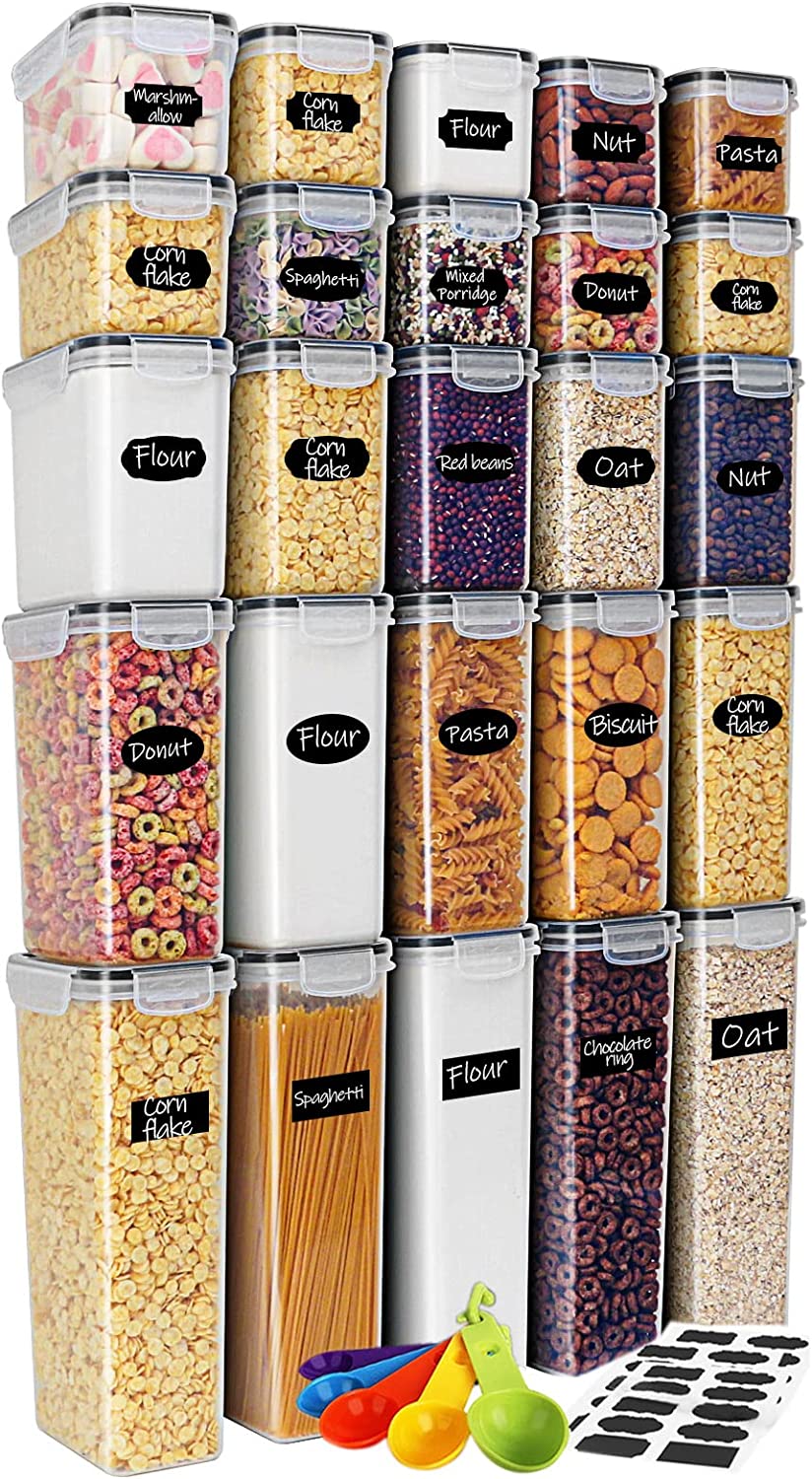
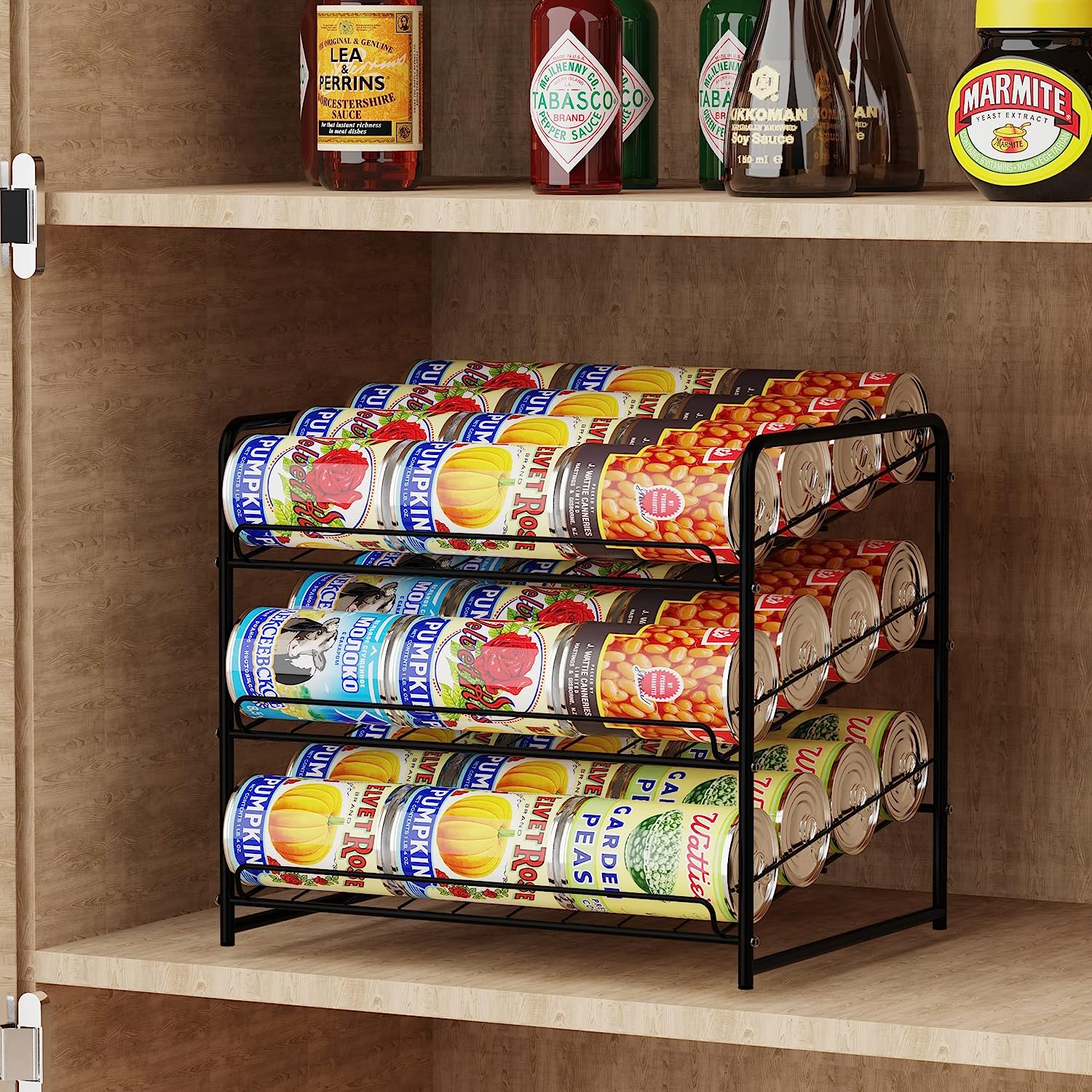
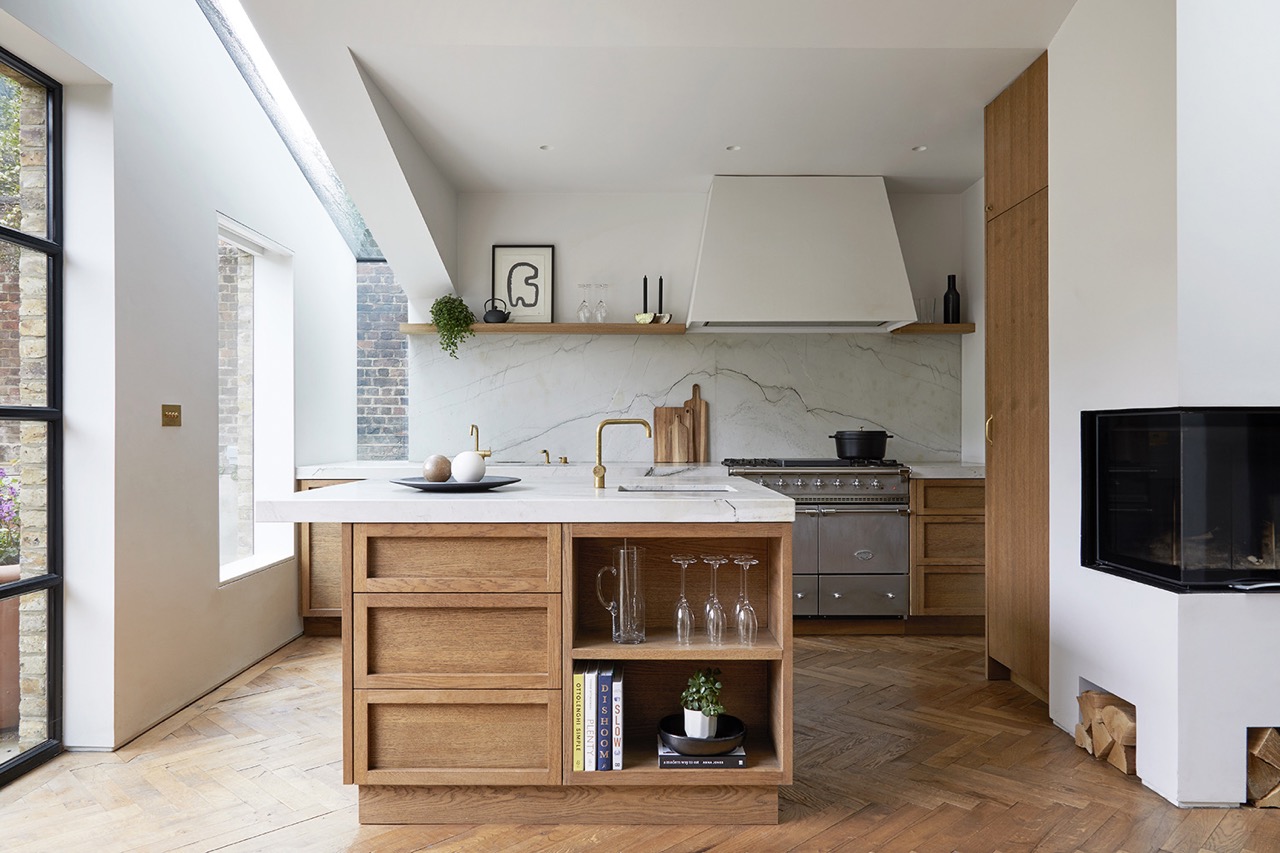
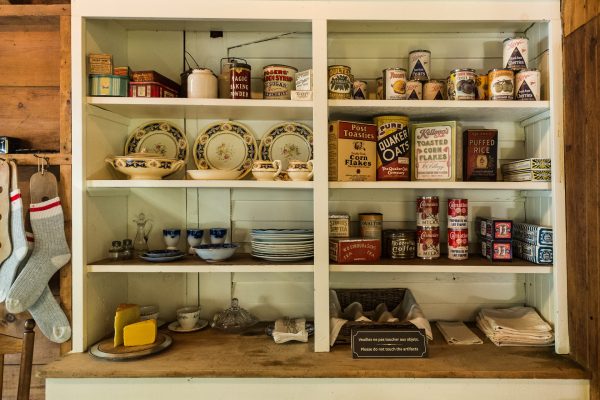
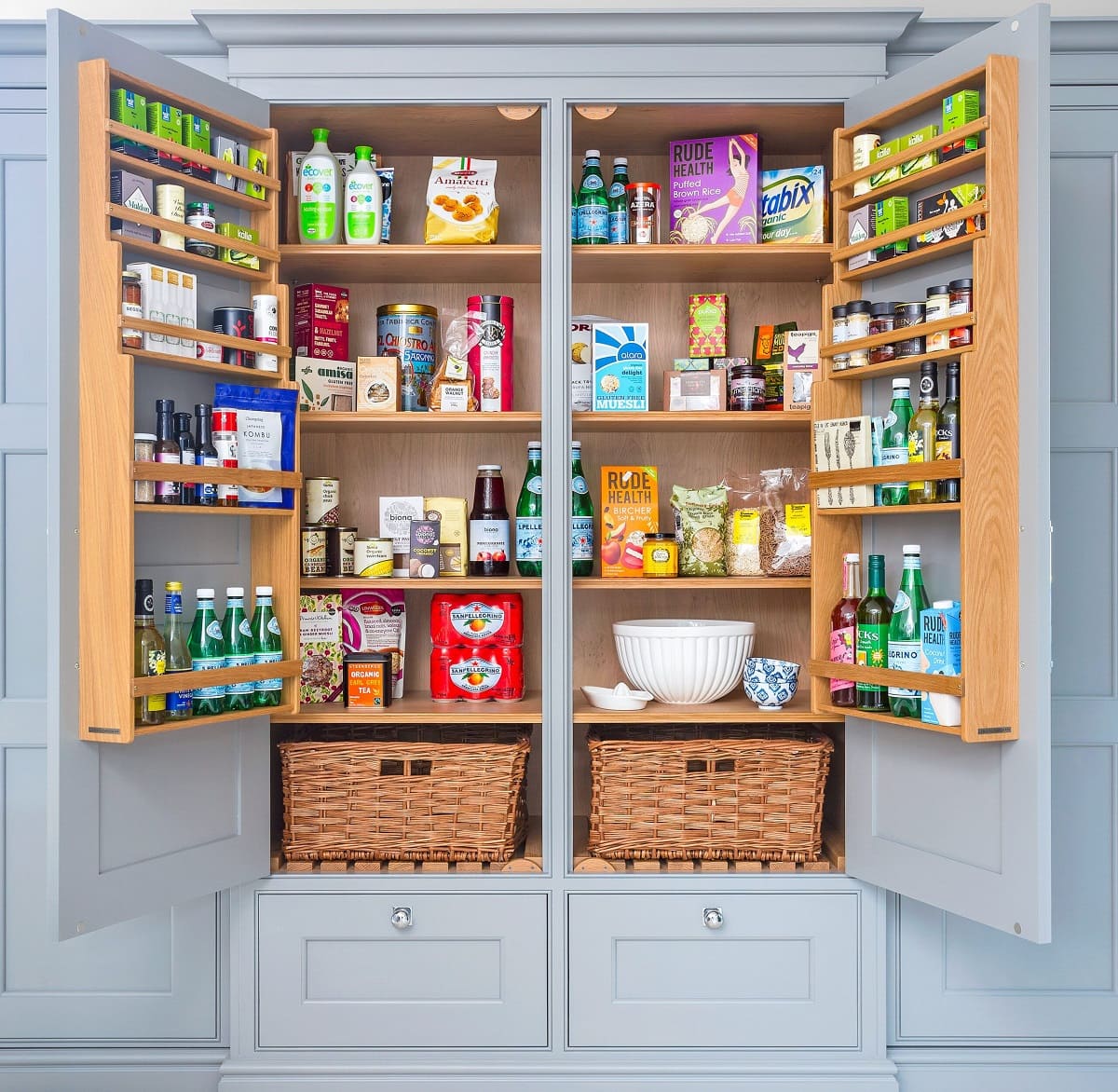
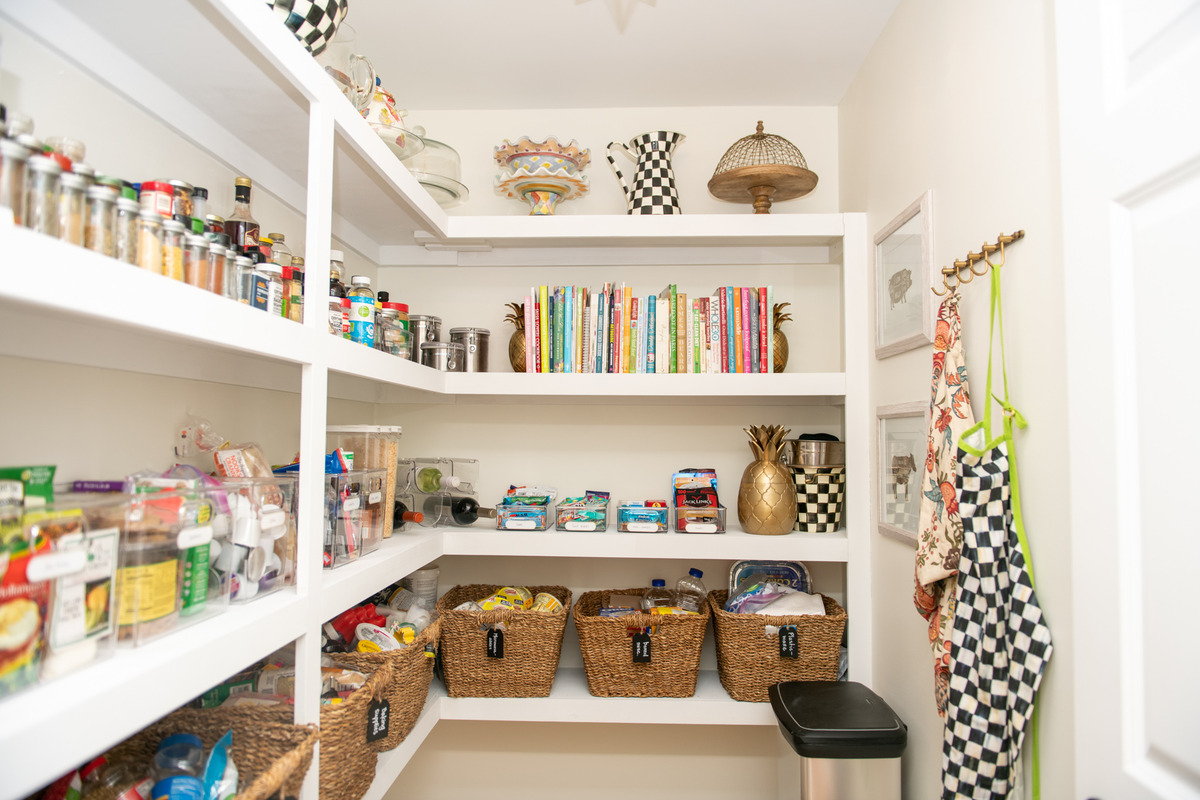
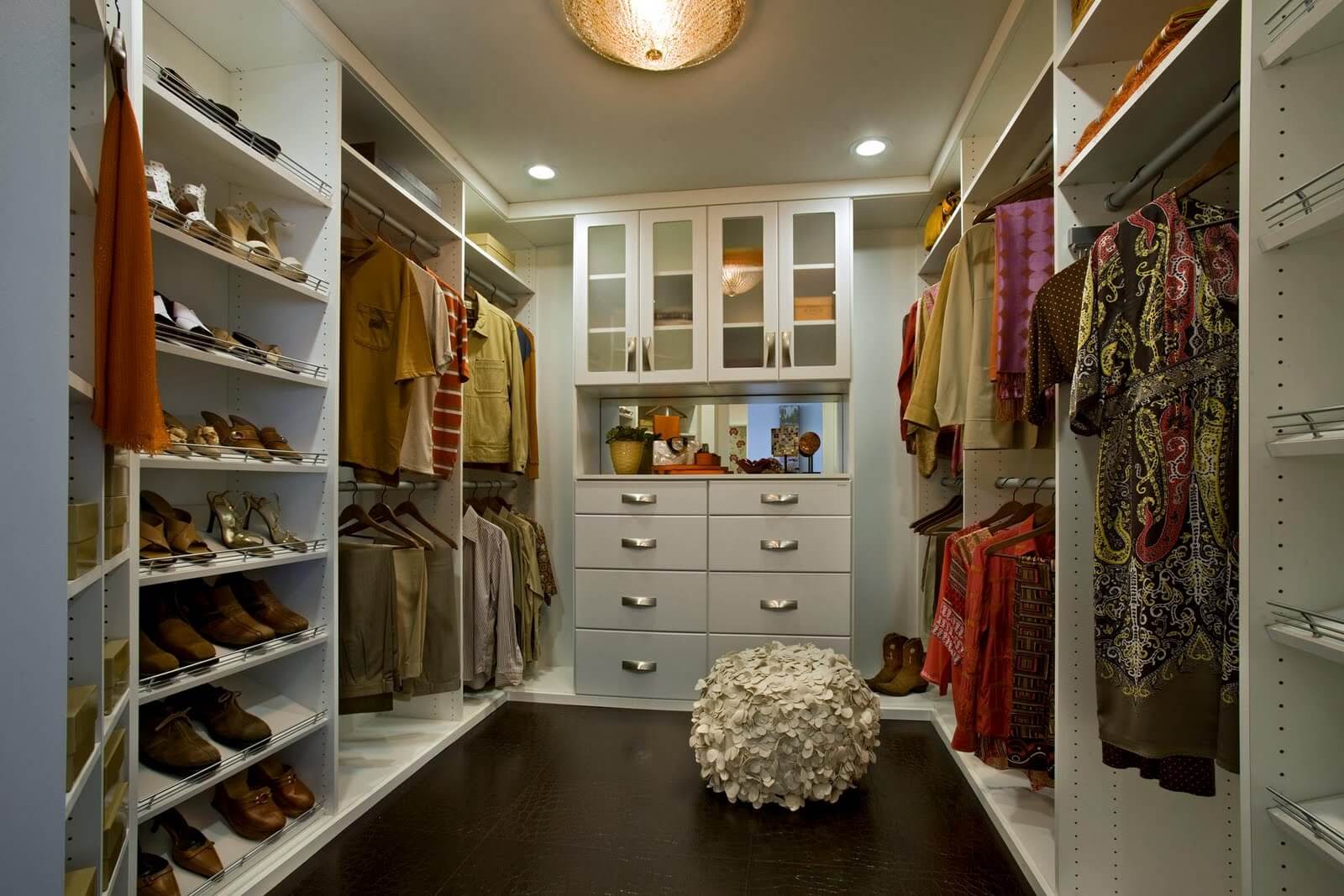
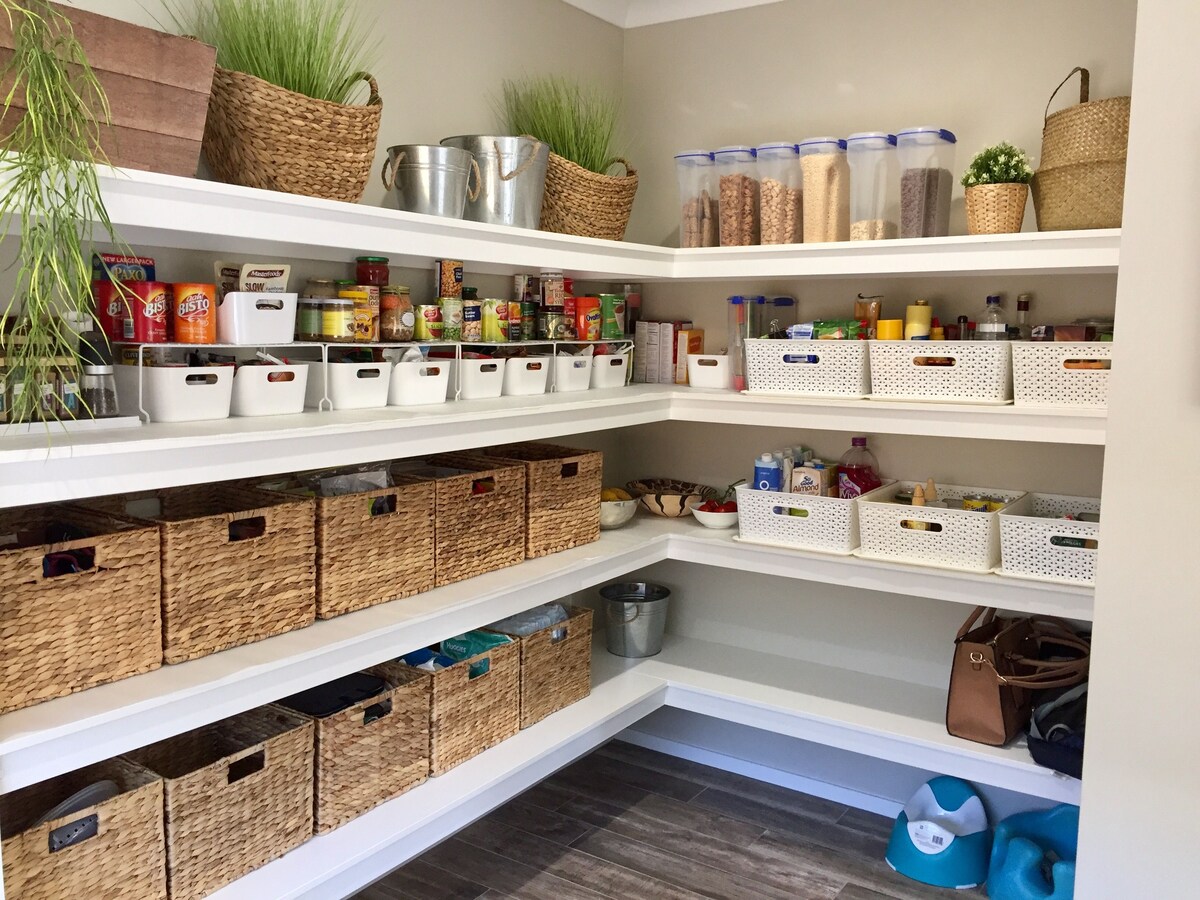
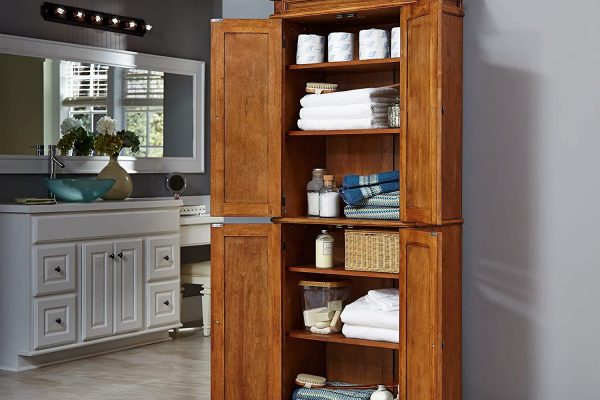

0 thoughts on “Organizing A Small Kitchen Without A Pantry: 10 Solutions”